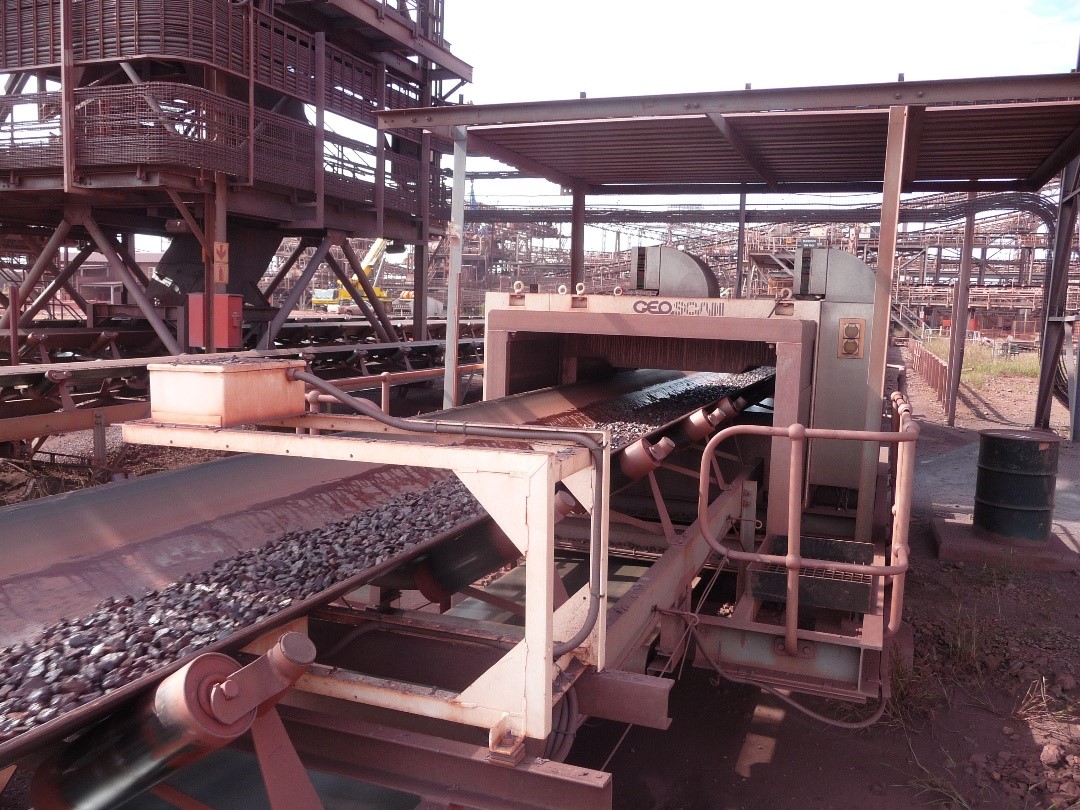Uncover the groundbreaking advancements in ore sorting technology through Dr. Dylan Peukert’s innovative Training Centre project on Sensor simulation for improving ore sorting. Explore his research findings through this video and his published papers, and learn how sensor simulation is revolutionising the mining industry.
Project 1:
Simulating Prompt Gamma Neutron Activation Analysis (PGNAA) sensors to optimise sensor design and signal analysis enabling reduced data acquisition times.
Approach:
Monte Carlo simulation of PGNAA sensor for varying detector setups and ore types. Analysis of the detector response and sampling to aid sensor data analysis and optimisation of sensor design. Evaluation of the potential use of data from other sensors such as X-Ray Transmission (XRT) and hyperspectral imaging to aid analysis of PGNAA data.



